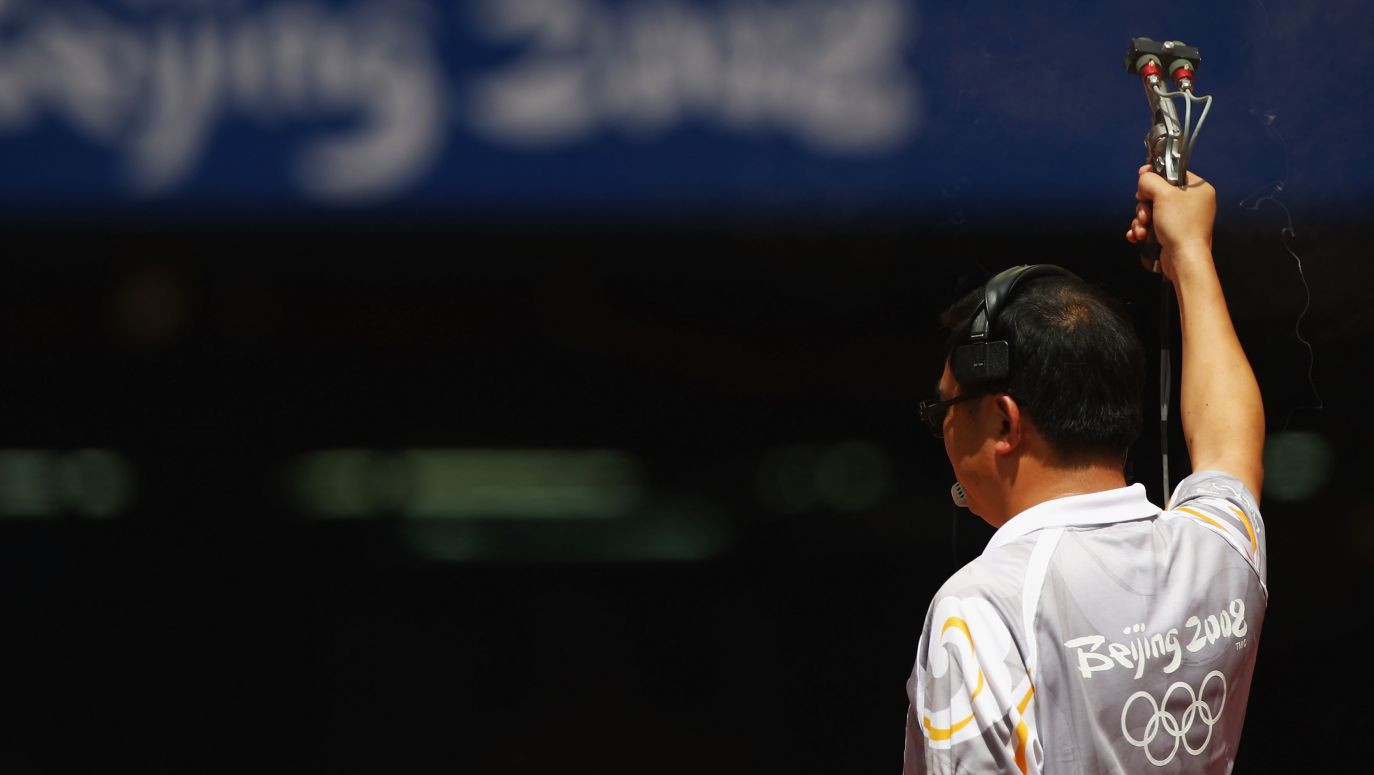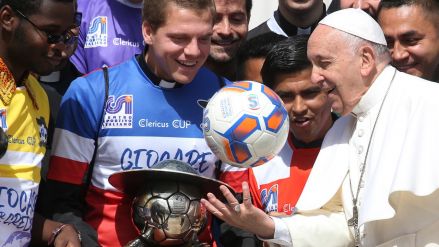All competitors hear the starting shot at the same time through loudspeakers mounted in the blocks. This sound triggers the chronometer and sends data to the timing computers.
Two cameras at the finish line, which record at 10,000 frames per second, are responsible for the photo finish. Along with the cameras, there are also four photoelectric cells that make it easier to figure out where the runners are.
 SIGN UP TO OUR PAGE
SIGN UP TO OUR PAGE 
When one or more athletes block the view of a camera, another can give clear footage from a different angle. Thus, the officials do not have to rule anything with their “naked eye”, because they observe events with eyes armed with electronics.
But that's not all. The fact that you can connect a wind sensor to the photo-finish camera is an undeniable plus. It is then immediately clear whether or not the result of the run can be chalked down as an official record. If the tailwind is faster than two metres per second, the result is not a record on any level.
The job of an official has changed from one that was casual to one that is comfortable. Not only in running but also in jumping and throwing, where the precision of measurements is flawless thanks to laser and video technologies.
The new solutions are not only useful for the officials, who need a second-perfect set of data, but also for the people watching at home. Technologies such as RTTS (Real Time Tracking System), which monitors even split times in runs, have become useful tools in the industry.
But camera and sensor technologies are not the only ones shaping the sport. Miniature, ultralight chips placed on the back of race numbers provide valuable information to coaches in assessing athletes' tactics and form.
“Big data” devices, as they are called, are also used by other disciplines. For example, in football, they are used to measure the distance covered by players during a match. In tennis, such a technology can be used to determine the speed of the ball following a serve.
All power in the hands of AI
In the case of tennis, electronics could eventually mean the end of umpires as we know them. It all started in 2020, after the outbreak of the coronavirus pandemic. Back then, the decision was made to replace line umpires in some tournaments with the Hawk Eye Live system.
AI (artificial intelligence) technology research began in the 1970s. In tennis, it was intended to assist line umpires. The system works with numerous sensors and cameras operated by dynamic algorithms.


 SIGN UP TO OUR PAGE
SIGN UP TO OUR PAGE 







